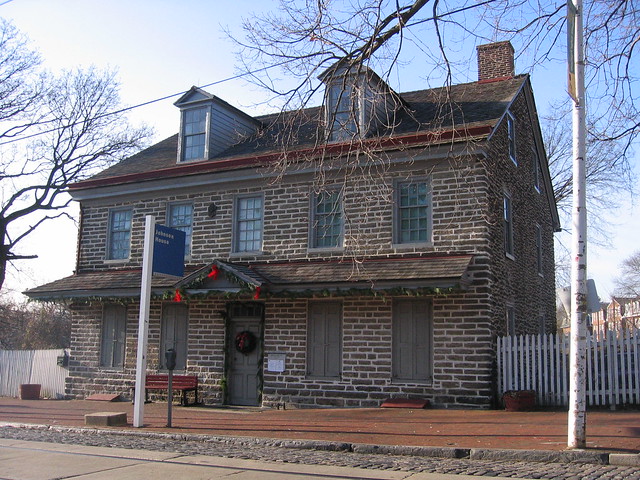That's the question I asked myself prior to diving into Andrew Hurley's Beyond Preservation: Using Public History to Revitalize Inner Cities. Immediately, I didn't have an answer. Yet as I devoured the book's meaty first chapter, I realize that the whole idea of historic preservation is fraught with the potential for controversy.
As Hurley explains, the marriage of commerce and preservation that emerged as a "best practice" for inner city revitalization in the 1960s and 1970s had a tendency to thwart the "historic" component of historic preservation. That is to say, commercial preservation projects came under attack for their "interpretive bias" -- their inability to deal with "the tough stuff of American memory": slavery, race relations, gay and lesbian rights, etc (20). In his writing, Hurley implies (but does not expressly articulate) the central problem of our semester-long project on public history controversies: the interpretation of American memory is made complicated because of its myriad interlocutors: historians, community activists, real estate developers, commercial investors, neighborhood residents, politicians, the media, etc. Historic preservation, as a facet of public history-making, is beset by the same multiplicity of often-competing voices. It, therefore, has the same potential for controversy.
 | |
| Johnson House, one of many Germantown historic sites preserved during the twentieth century in the hope that historical tourism would revive the community's stagnant economy. |
. . . the practice of history, locally and more generally, did not always help Germantown’s expressed goal to make its history more effective in the economic development of the neighborhood. Beset with many competing groups and unable to overcome entrenched traditions, Germantown’s primary selling point [its many historic buildings and sites] often paradoxically served as a barrier to achieving those goals [of economic rejuvenation, etc.]. (3)As Young's case study reminds us (I'd recommend reading the whole dissertation -- it's brilliant!), public history and historic preservation are beset by controversies exactly because of their inherently democratic priorities. By consciously engaging diverse, often competing communities in the interpretation of history, public historians and preservationists run the risk of igniting controversy.
How might we avoid some of these controversial pitfalls?
No comments:
Post a Comment